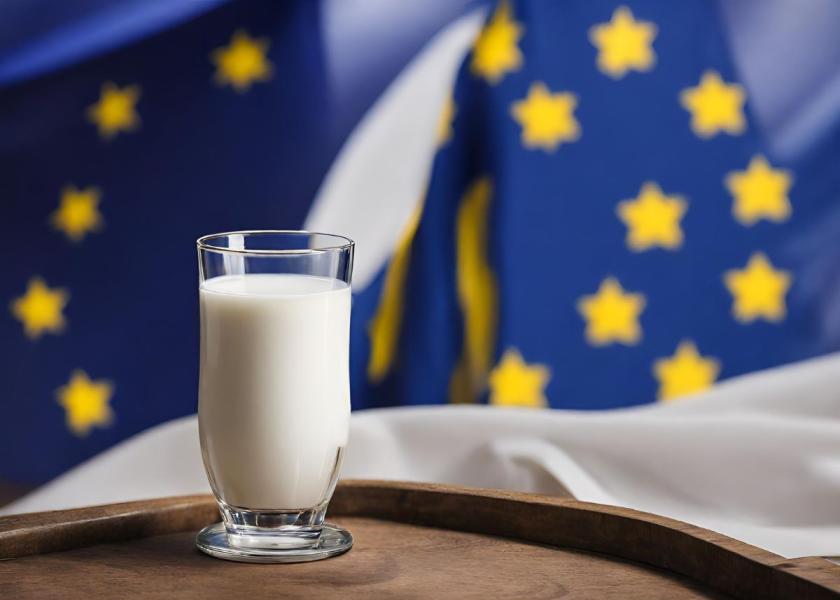EU milk production is projected to stay stable in 2024. How will this impact dairy farmers? Dive into our expert analysis to find out.
Summary: According to a recent USDA report, the European Union’s milk production is projected to remain stable through 2024. Factors influencing this stability include consistent demand, balanced feed costs, and strategic herd management practices among dairy farmers. The report highlights that while milk production levels are steady, dairy farmers must navigate ongoing challenges, such as economic pressures and fluctuating market conditions. The USDA emphasizes the importance of adopting efficient practices and being adaptable to market changes to maintain profitability.
- The USDA projects stable milk production in the EU through 2024.
- Key factors for stability include consistent demand, balanced feed costs, and strategic herd management.
- Challenges facing dairy farmers include economic pressures and fluctuating market conditions.
- Efficient practices and adaptability are essential for maintaining profitability.

According to the most recent USDA study, the European Union’s milk output is anticipated to stay constant in 2024. But what exactly does “stable” imply for your bottom line and day-to-day operations? Look at the figures and see how to prepare for the year ahead.
According to the USDA’s newest World Market and Trade report, Europe’s dairy landscape is poised for a steady but challenging 2024, with milk output expected to stay constant.
While increases in cow production are noteworthy, they are offset by a declining dairy herd. The number of dairy cows has fallen below 20 million, continuing a decreasing trend driven by reduced milk prices and higher production expenses. This economic pressure is driving smaller, less efficient farms out of business, reducing the total capacity for milk production.
The importance of environmental policy cannot be emphasized enough. Regulations aimed at reducing nitrogen emissions in countries like the Netherlands and Ireland are expected to reduce herd numbers significantly. These challenges and a generational gap—in which new aspiring farmers are either not entering the industry or are discouraged by high expectations and poor profitability—drive dairy sector consolidation. Larger farms are better suited to withstand these swings than smaller operations, and they play an essential role in stabilizing cow numbers.
The dairy industry’s profit margins have seen better days. Farm-gate milk prices have fallen since early 2023, but input costs remain stubbornly high. This margin crunch is pushing many farmers to reassess their future in milk production, perhaps hastening the departure points for those on the fence. Although milk supplies increased briefly in early 2024, this is unlikely to be a long-term trend since farmers who postponed leaving in 2023 may take the jump this year.
Spring 2024 delivered a varied bag of weather conditions. Much of Europe saw ideal weather, with high temperatures and enough rainfall for pasture and green feed development. However, in northern Europe, especially in countries like Ireland, where pasture-based systems are standard, heavy rain caused problems with field access and limited grassland recovery.
Notwithstanding weather-related issues in northern Europe, the general estimate for milk production in 2024 is steady. Farmers in favorable circumstances should be prepared to capitalize on solid pasture growth. Excessive rainfall may harm grassland; thus, it’s essential to adjust management measures. Staying educated and adaptable to environmental changes will be critical for preserving production and satisfying market needs.












